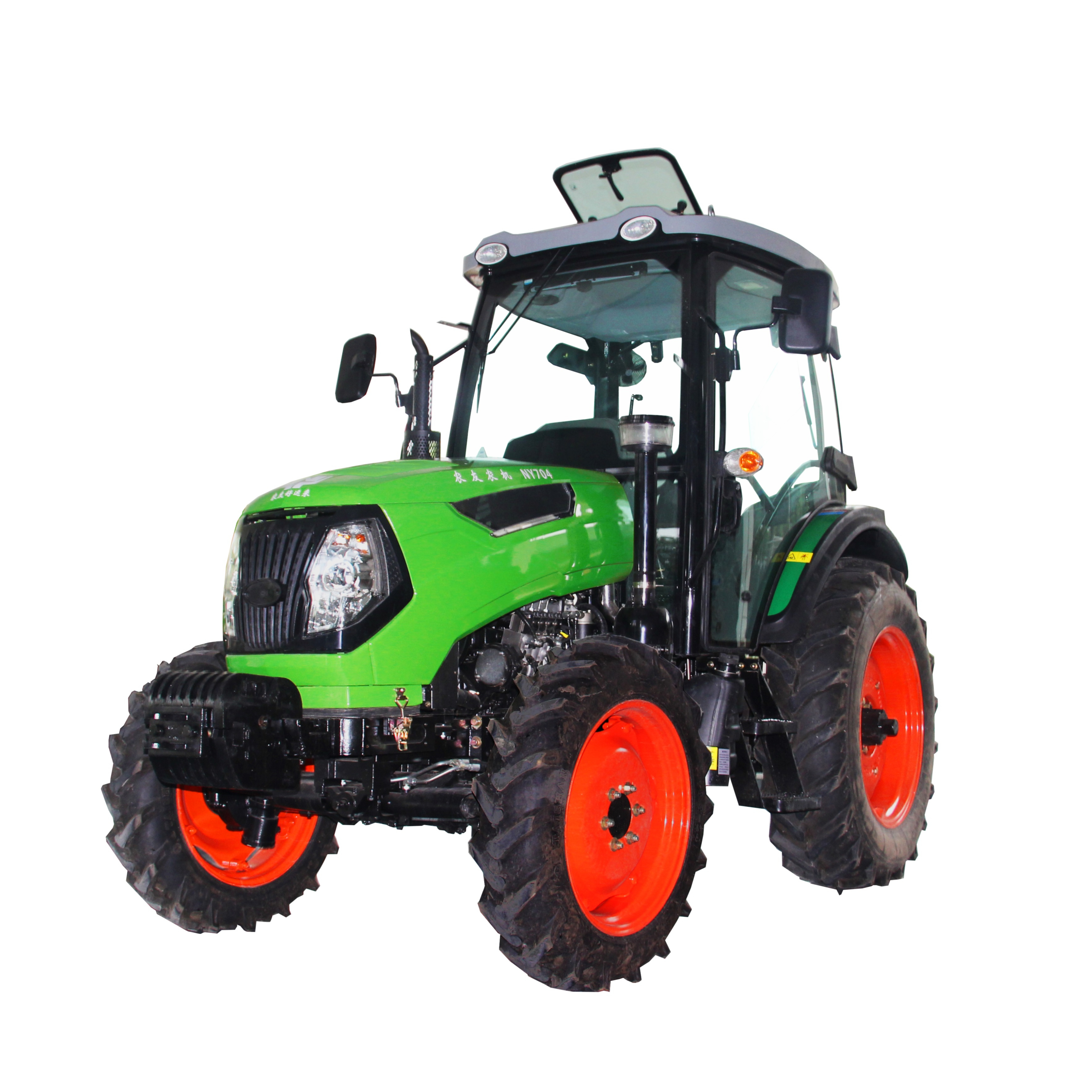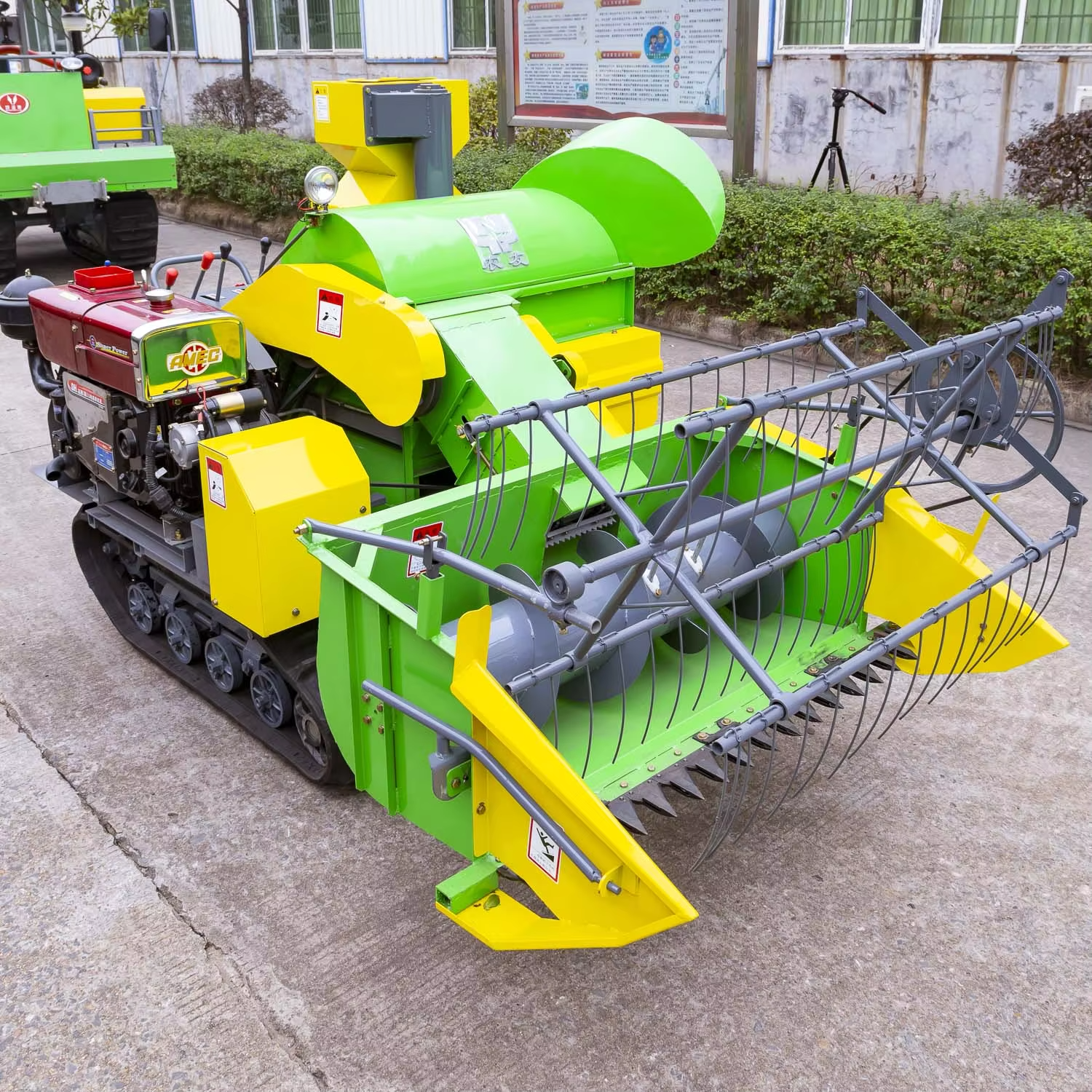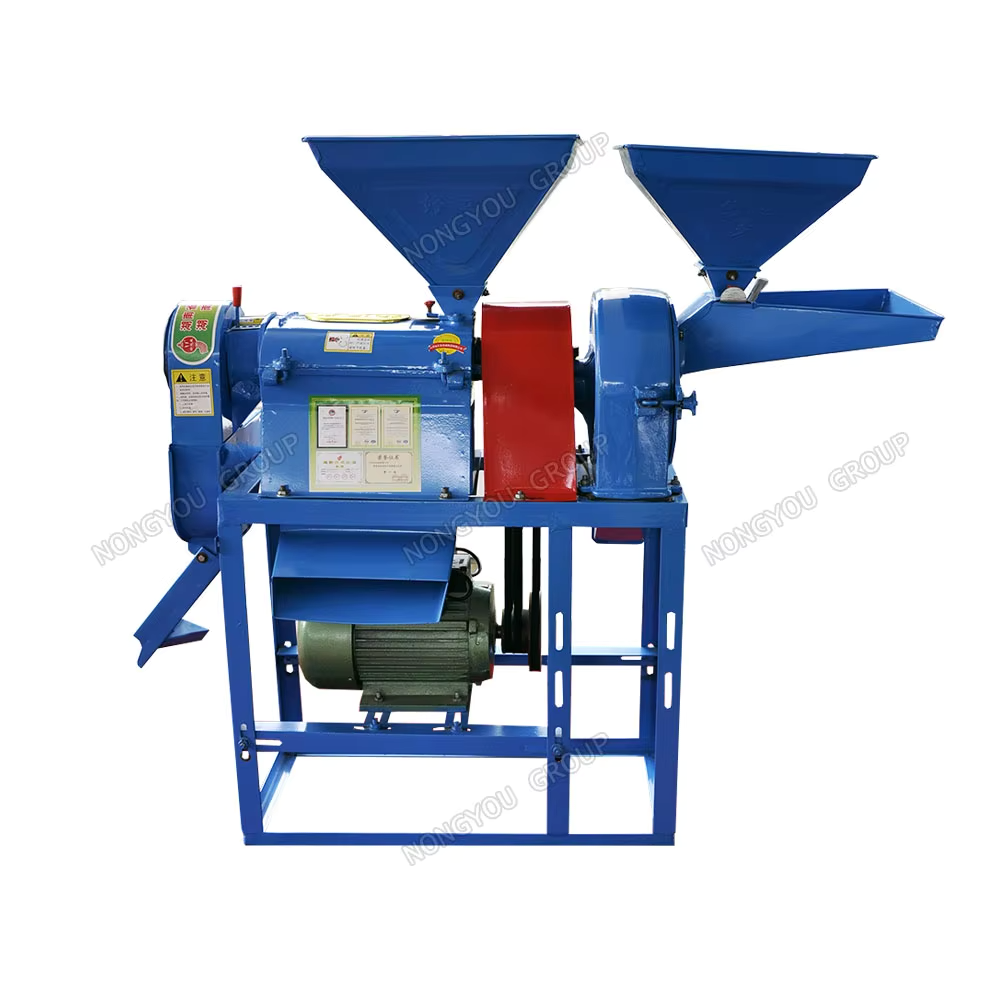use of combine harvester
A combine harvester represents a remarkable advancement in agricultural technology, serving as an all-in-one solution for harvesting, threshing, and cleaning grain crops. This sophisticated machine efficiently combines multiple harvesting operations that traditionally required separate steps and equipment. The modern combine harvester cuts crop plants, separates the grain from other plant materials, cleans the grain, and collects it in a storage tank, all while moving continuously through the field. Its main components include the header, which cuts and gathers the crop, the threshing cylinder that separates grain from stalks and husks, and various cleaning mechanisms including sieves and fans. Advanced technological features now include GPS guidance systems, yield monitors, and automated adjustments for different crop conditions. These machines can harvest various crops including wheat, corn, soybeans, rice, and many other grains, making them incredibly versatile. The efficiency of modern combine harvesters allows farmers to harvest hundreds of acres per day, significantly reducing labor requirements and crop losses while maintaining high-quality grain production.


